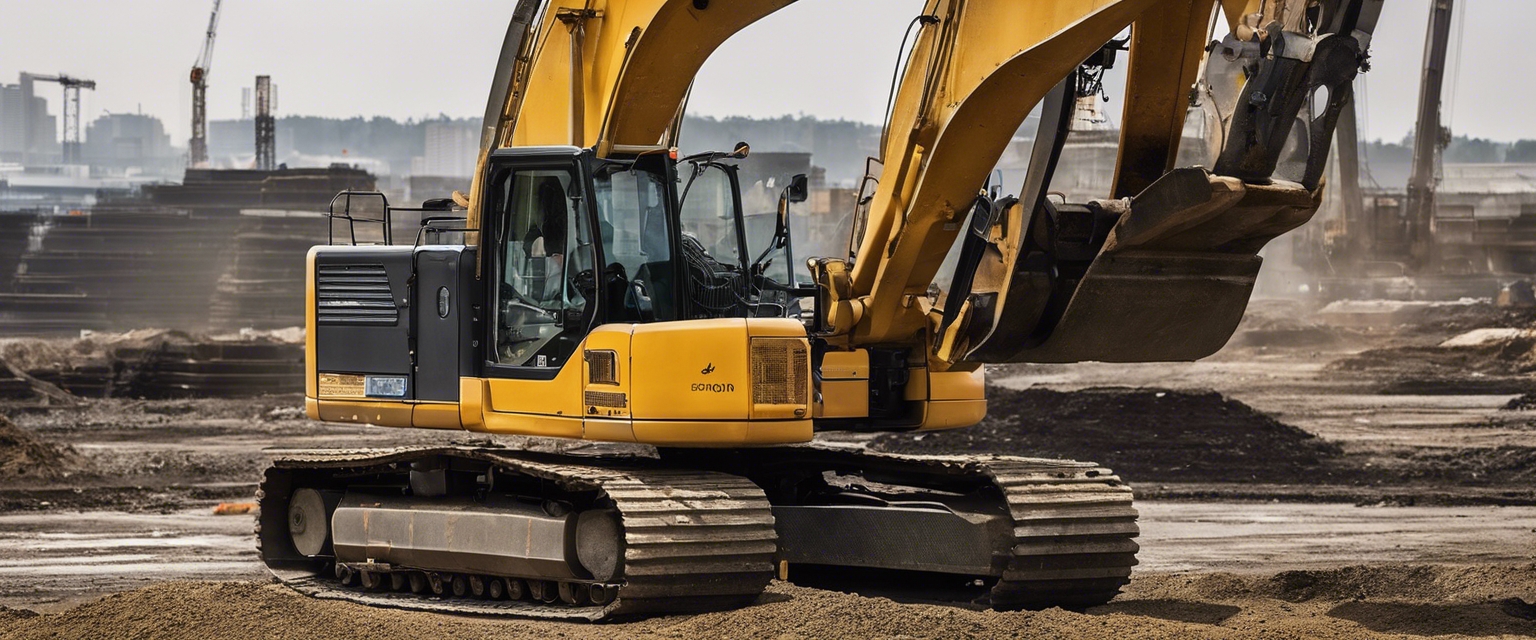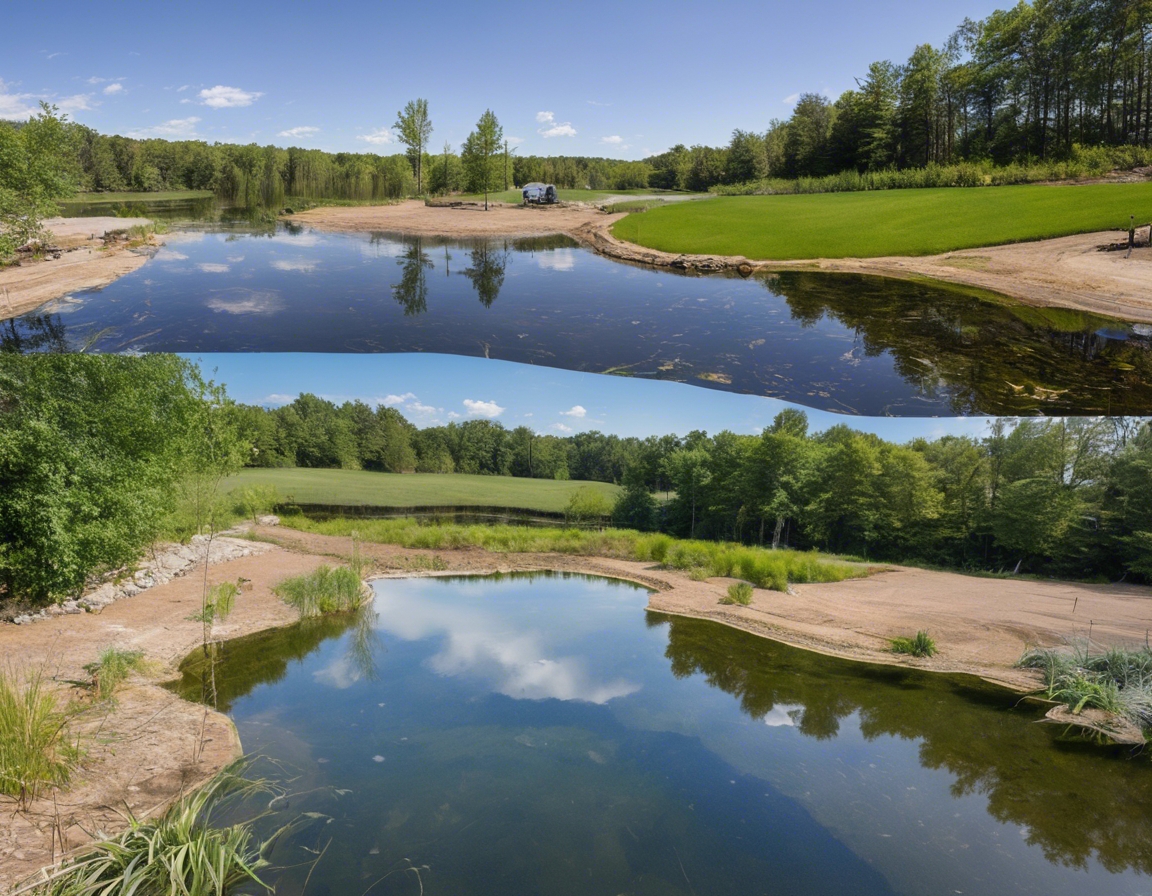Maximizing your land's potential: a guide to improvement
Land is a finite resource that holds infinite potential. Whether you're a local government body, a real estate developer, an agricultural enterprise, or a private landowner in Estonia, particularly in Saaremaa, unlocking the full potential of your land can lead to significant economic and environmental benefits. In this guide, we'll explore how to assess, plan, and implement land improvement strategies that align with your goals and values.
Understanding Your Land's Current State
Before embarking on any improvement project, it's crucial to understand the baseline conditions of your land. This involves soil testing, topographical mapping, and evaluating existing infrastructure and natural resources. A thorough assessment will highlight the strengths and weaknesses of your property, providing a solid foundation for informed decision-making.
Every parcel of land comes with its unique set of challenges and possibilities. Identifying these early on helps in prioritizing improvement efforts. Consider factors such as zoning restrictions, climate conditions, and accessibility, which can all influence the scope and direction of your project.
Strategic Planning for Land Improvement
Clear objectives are the cornerstone of any successful land improvement plan. Whether you aim to increase agricultural yield, develop commercial real estate, or enhance ecological habitats, your goals should guide every decision in the planning process.
A master plan is a comprehensive blueprint that outlines the steps needed to achieve your land improvement objectives. It should include detailed designs, budget estimates, and timelines. A well-crafted master plan not only serves as a roadmap for implementation but also as a tool to communicate your vision to stakeholders and partners.
Improvement Techniques for Different Types of Land
For agricultural lands, improvements can range from soil amendment and irrigation systems to crop rotation strategies and advanced agrotechnologies. These enhancements aim to boost productivity while ensuring sustainable land use.
Urban land requires a different approach, focusing on infrastructure development, efficient land use, and community integration. Strategies may include mixed-use developments, green spaces, and smart city technologies that cater to the growing needs of urban populations.
Conservation and sustainability should be at the heart of any land improvement project. Practices such as reforestation, wetland restoration, and the creation of wildlife corridors not only protect natural ecosystems but also contribute to the long-term viability of the land.
Implementing Land Improvement Projects
Selecting the right partners and contractors is critical to the success of your land improvement project. Look for teams with a proven track record, who value efficiency, sustainability, and reliability, and who can deliver high-quality work within your budget and time constraints.
Effective project management is essential to keep your land improvement project on track. This includes regular monitoring of progress, budget management, and contingency planning to address any unforeseen challenges that arise.
Regulatory Compliance and Best Practices
Compliance with local and national regulations is non-negotiable. Understanding and adhering to these regulations will ensure that your improvement projects are legally sound and sustainable in the long term.
Staying informed about industry best practices can lead to more efficient and effective land improvement processes. This knowledge can also help in achieving certifications that enhance the credibility and value of your projects.
Monitoring and Maintaining Improvements
Once improvements are made, establishing a regular maintenance schedule is vital to preserve the value and functionality of the land. This includes routine inspections, repairs, and updates to infrastructure and systems.
Technology plays a crucial role in the ongoing management of land improvements. Tools such as Geographic Information Systems (GIS), remote sensing, and precision agriculture can help in monitoring conditions, optimizing resource use, and making data-driven decisions.






Comments (0)